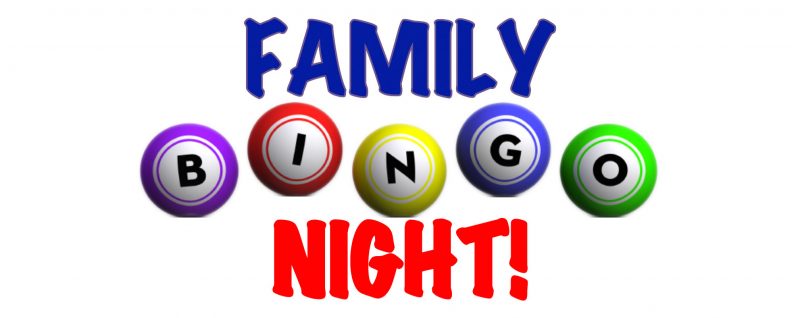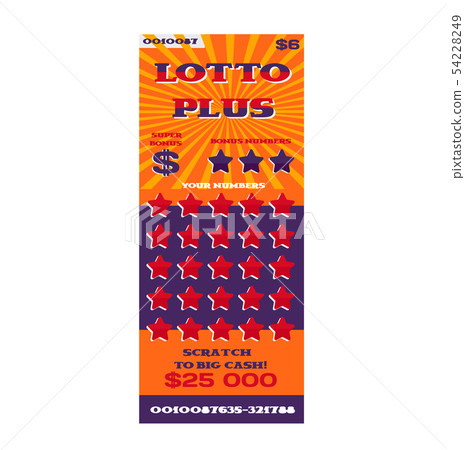- Bingo Squared is a $5 game that offers 10 top prizes of $100,000. Scratch the CALLER'S CARD area. Then scratch only the numbers on BINGO CARDS 1-9 that match those revealed in the CALLER'S CARD area. When each matched number on a BINGO CARD is scratched, a white background will be revealed.
- Your game card can be submitted at any time by selecting the “Submit Card” button below the game card. You will then see a message on screen to indicate if you are or winner or not. How do I submit my Bingo card? Click the “Submit Card” button below the game card. You will then see a message on screen to indicate if you are or winner.
- Bingo Winner Certificate
- Bingo Card Winter
- Bingo Card Winner
- Bingo Card Winner
- Picture Of Bingo Card Winner
How to estimate and modify the odds of a bingo game
The Bingo Calculator allows you to link together all the parameters that can influence the odds of the players to get a bingo during a game. You can change the number of balls in the bingo caller in order to obtain the game outcome you would want. Per example, you can change those odds depending on how many cards/players you have in the game, how many prizes you give, and how long you want the game to last longer.
File name: 201018-bingomaker-bingo-calculator.xlsx
Bingo Winner Certificate
Size: 154 KB
How does it work?
Bingo (also bango) is a card game named by analogy to the game bingo.The game is played with a bridge deck of 52 cards. The dealer gives each player a number of cards (typically five), which are held in the hand or placed face-down in front of the player.
When you create a New Game, in the card settings, you can choose the number of random values in your bingo. By default, the number of values is 75, because the most popular bingo game is with numbers from 1 to 75. You’ll be able to choose from 25 to 150 random values in the settings.
The numbers in the table were found by calculating an average of all the results for each parameter. The number of winners indicated in the graph represents the average number of bingo lines (5 consecutive squares) obtained among all the cards of a game.
Keep in mind that this tool is giving you average results and you can end up with slightly higher or lower numbers than the result you will get in the bingo card simulator.
The only parameter you need to set when you use the bingo calculator is the number of cards in the game. The statistics on the table will update themselves automatically. You can start analyzing the results to find which number of values you need to select during your project creation.

Parameters that can influence the calculator:
Number of total random values of your bingo and number of values drawn during the game
When you create a bingo project, you set how many total values will be in the bingo card squares. The relation between the number of total values and the number of winners can be seen in the bingo calculator for 25 to 100 total values. If the number of values is high, you’ll need to play many values in order to get some winning lines (get a bingo). If this number is low, you’ll need to play fewer values to get winning lines. As you can see in the example below, you can plan to get about 25 winning lines by modifying the number of total values on the cards.
Bingo Card Winter
Example 1:
If you play a game with 50 total values in your bingo and you have 100 players (100 cards), you will need to play about 24 random values to get an average of 25 winning lines.
If you play a standard bingo game (numbers from 1 to 75) and you have 100 players (100 cards), you will need to play about 35 random values to get an average of 25 winning lines.
If you play a game with 90 total values in your bingo and you have 100 players (100 cards), you will need to play about 40 random values to get an average of 25 winning lines.
Number of cards
This relation describes the link between the number of cards and the number of values to be drawn to get a certain number of winners. If you have many cards, you will likely get a lot of winning lines after you draw a small number of values. If you have fewer cards, you will likely need to draw more numbers to get the same number of winning lines as the probabilities are lower for a player to get a bingo.
Example 2:
If you play a standard bingo game (numbers from 1 to 75) and you have 25 players (25 cards), and if you play 30 random values, you will get an average of 3 winning lines.
When you have more cards, you will likely get more winners. If you play a standard bingo game (numbers from 1 to 75) and you have 100 players (100 cards), and if you play 30 random values, you will get an average of 13 winning lines.
Number of winning lines
Depending on the number of players, the number of total values in the bingo and the number of values drawn during the bingo, you can adjust the number of winners. All you need to do is to set these parameters accordingly.
Example 3:
Bingo Card Winner
Let’s say that I organize a bingo for 100 players (1 card each, so 100 cards), and I would like to have about 20 winning lines. I have 20 prizes to distribute among the winners. In order to make that scenario possible, I need to adjust the number of total values in the bingo and the number of values drawn during the bingo. Here are some possible scenarios to do so:
- Scenario 1: Draws: 23 / Random values: 50 / Number of winning lines: 20
- Scenario 2: Draws: 34 / Random values: 75 / Number of winning lines: 20
- Scenario 3: Draws: 42 / Random values: 95 / Number of winning lines: 20

I can technically pick any of those three scenarios because they all give me the same approximate number of winners (20 winning lines). Because most of the players are used to playing standard bingo (numbers from 1 to 75), I’m going to use the 2nd scenario. I have to set the number of values during the creation of my bingo project to 75, and draw about 34 random values during the game in order to get about 20 winners among the 100 players.
Here is an example on how to confirm if a bingo line is a winner.
Bingo Card Winner
A player brings his card claiming that he got a bingo line. He is waiting for you to validate it in order to win a prize or have a chance for the final draw.
You take the player’s card and you check if the numbers have been played during the game on the call sheet. For this example, the bingo line is valid because all the numbers have been checked on the call sheet.

The organizer gives a prize to the winner when the bingo is confirm. If the game is played with the “4 corners method“, rips off a numbered corner of the card for the final draw. In this case, the organizer gives the card back to the player and resumes the game.
Picture Of Bingo Card Winner
If the bingo is not valid, indicate the wrong number(s) on the card and give it back to the player. Resume the game until the next winner.



